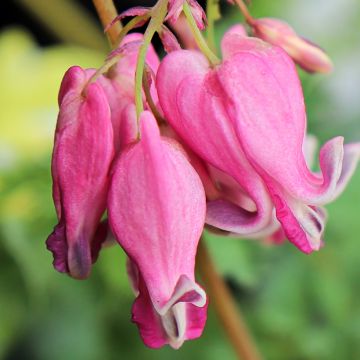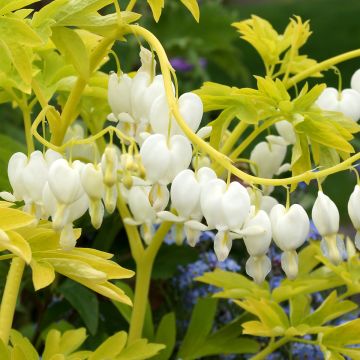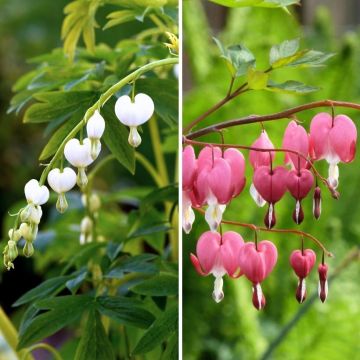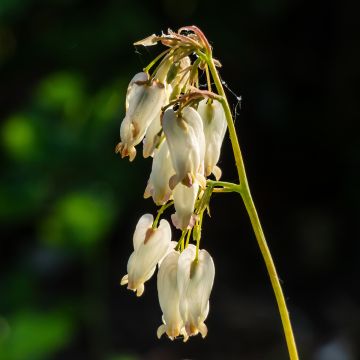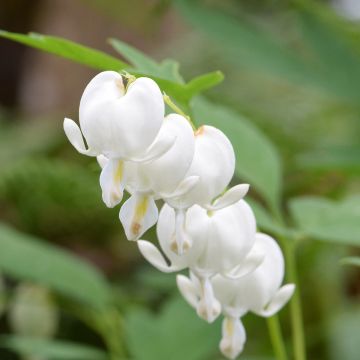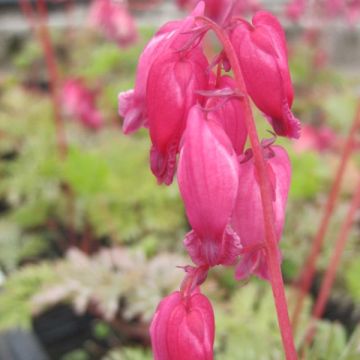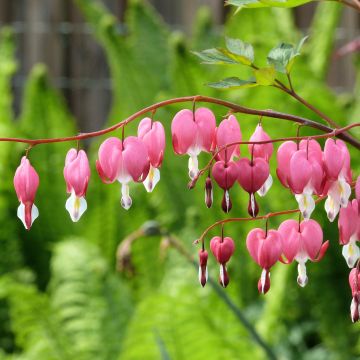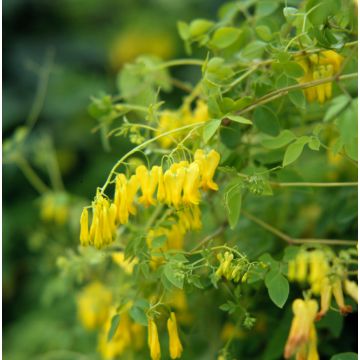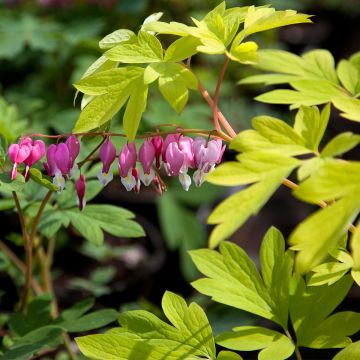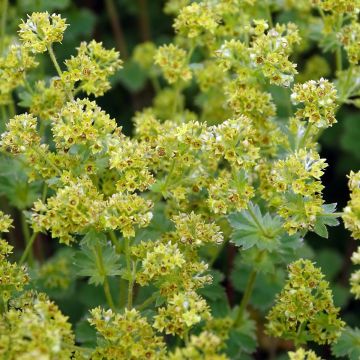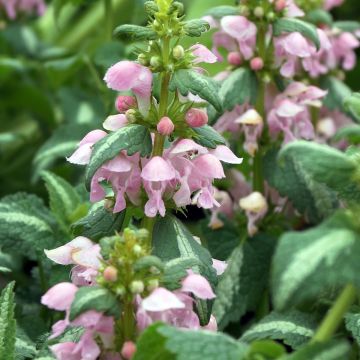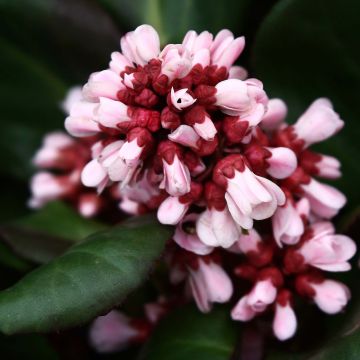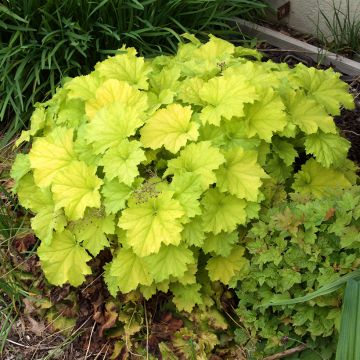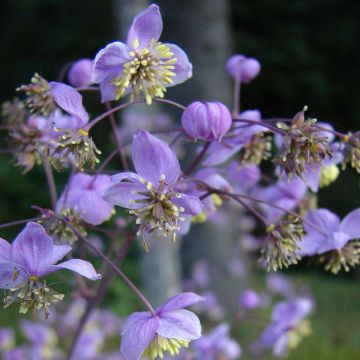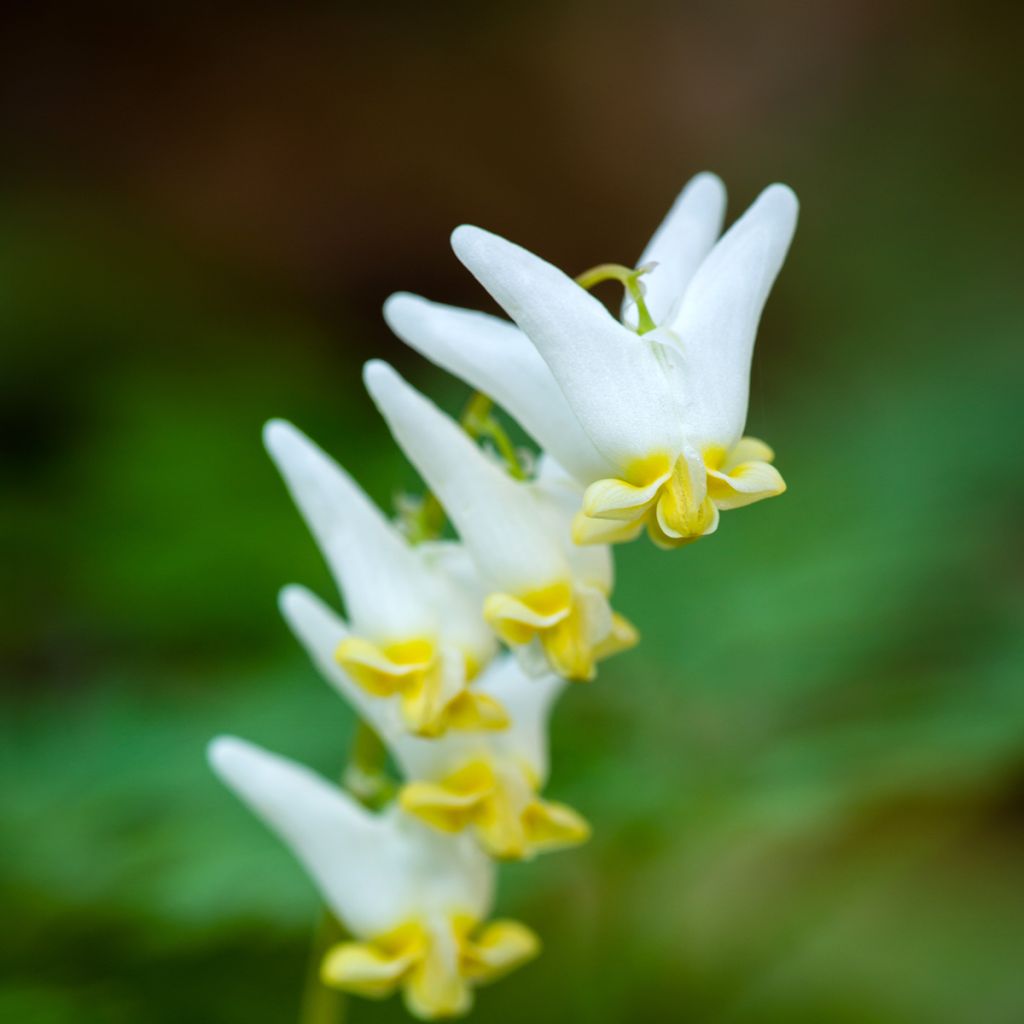

Dicentra cucullaria
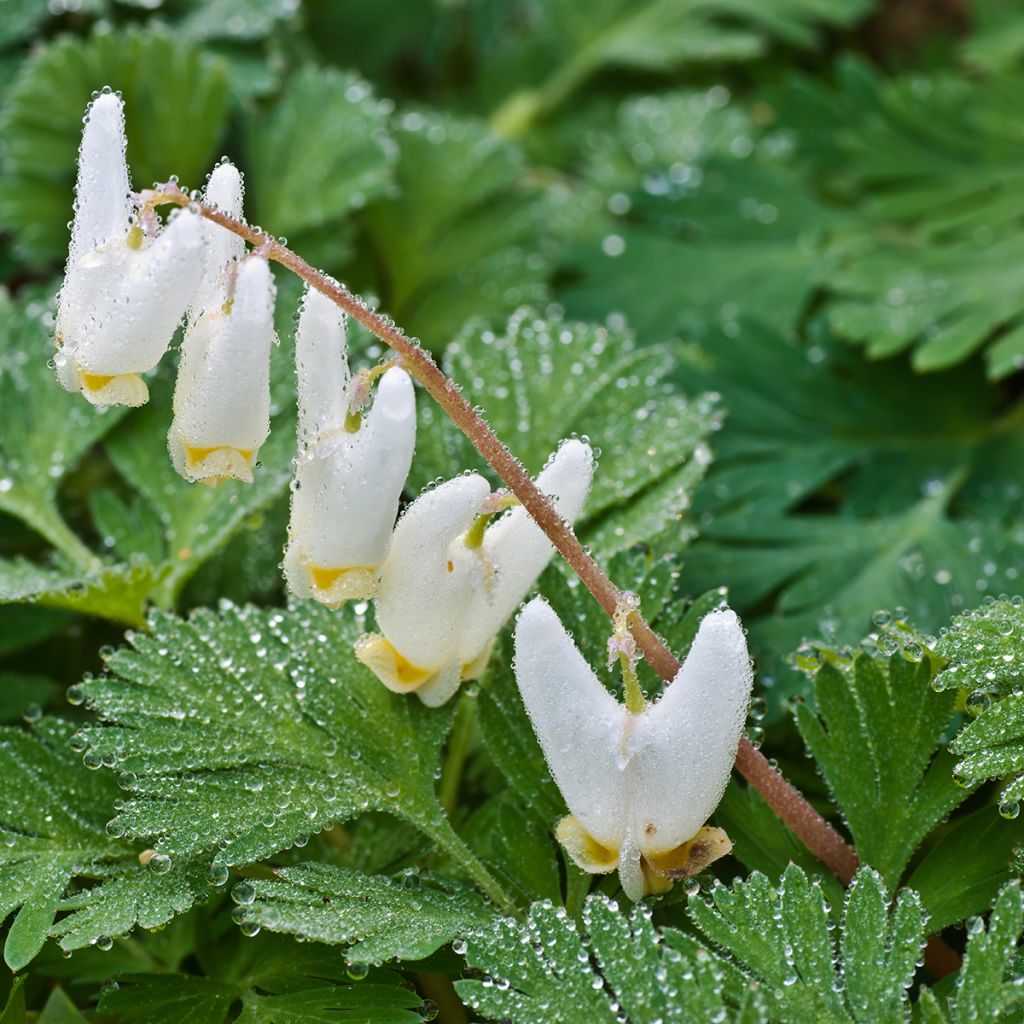

Dicentra cucullaria
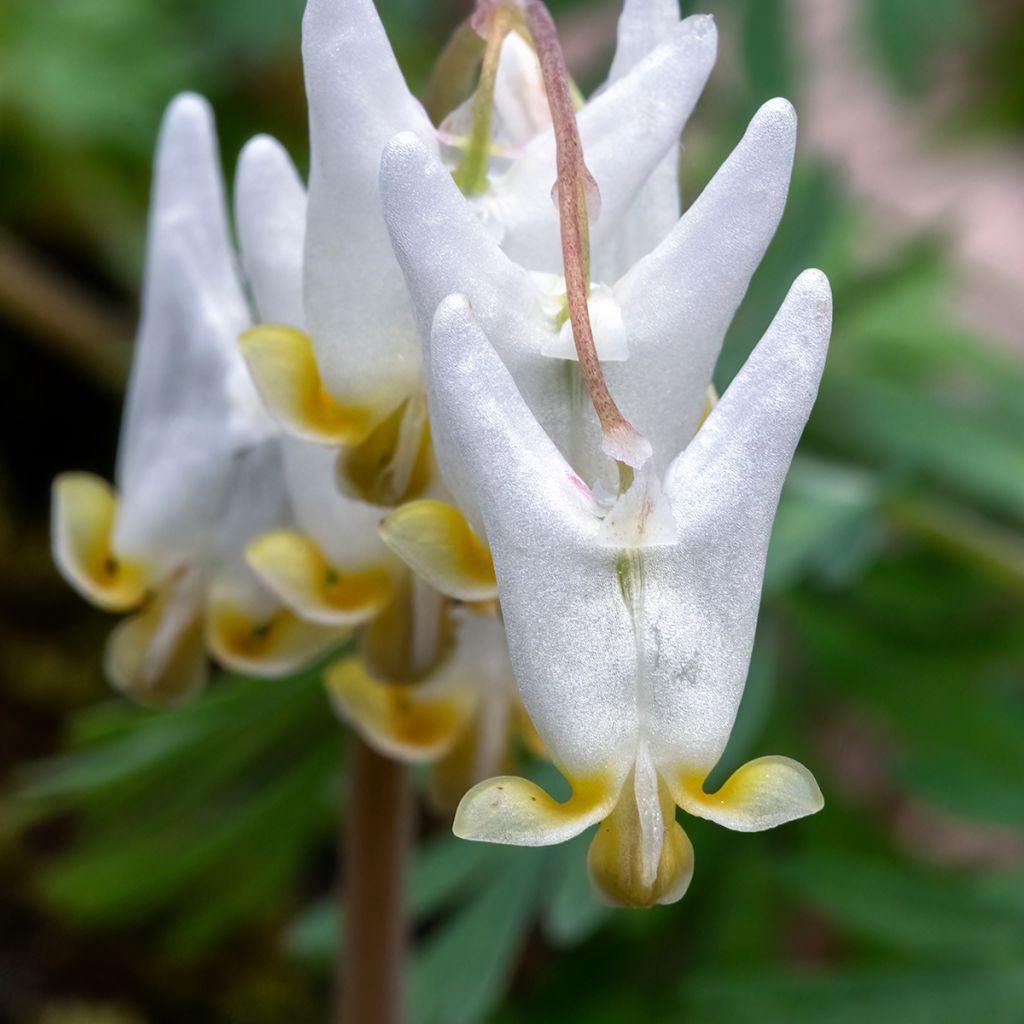

Dicentra cucullaria
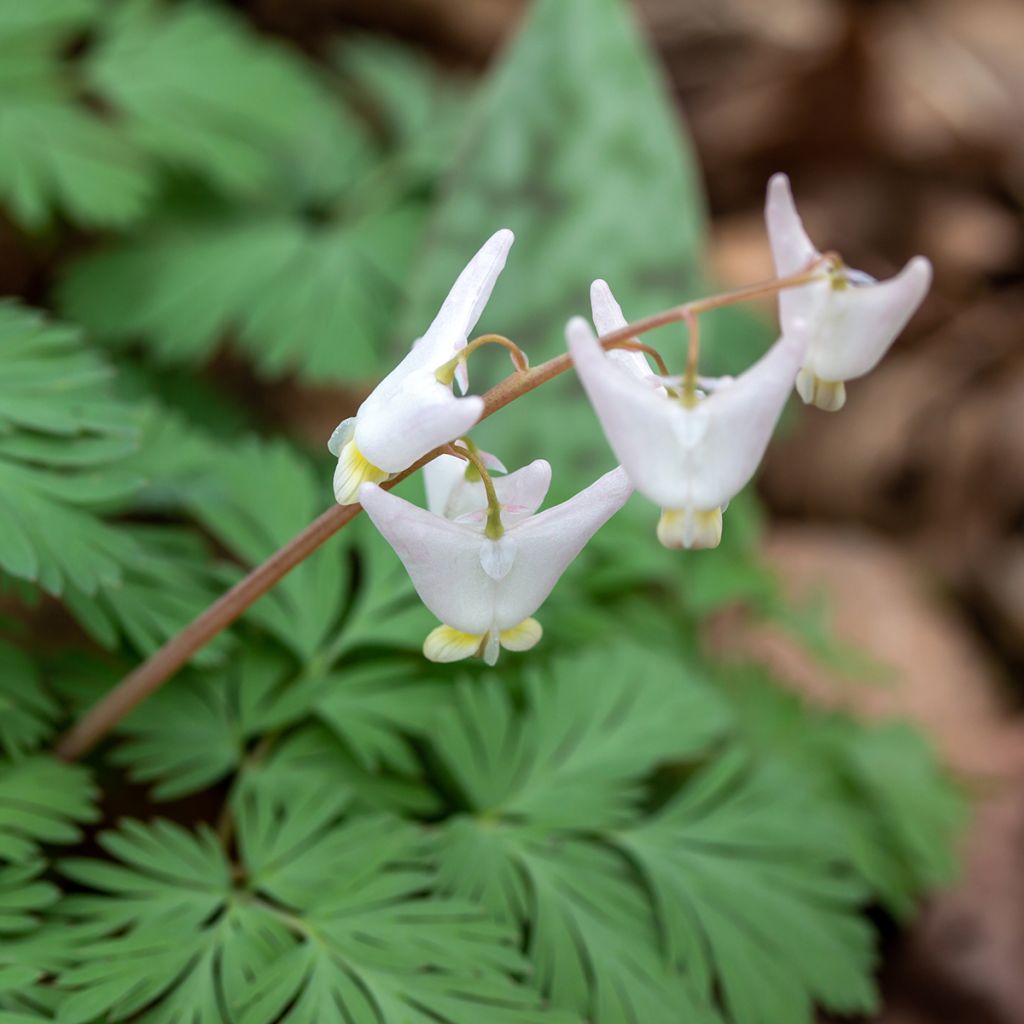

Dicentra cucullaria
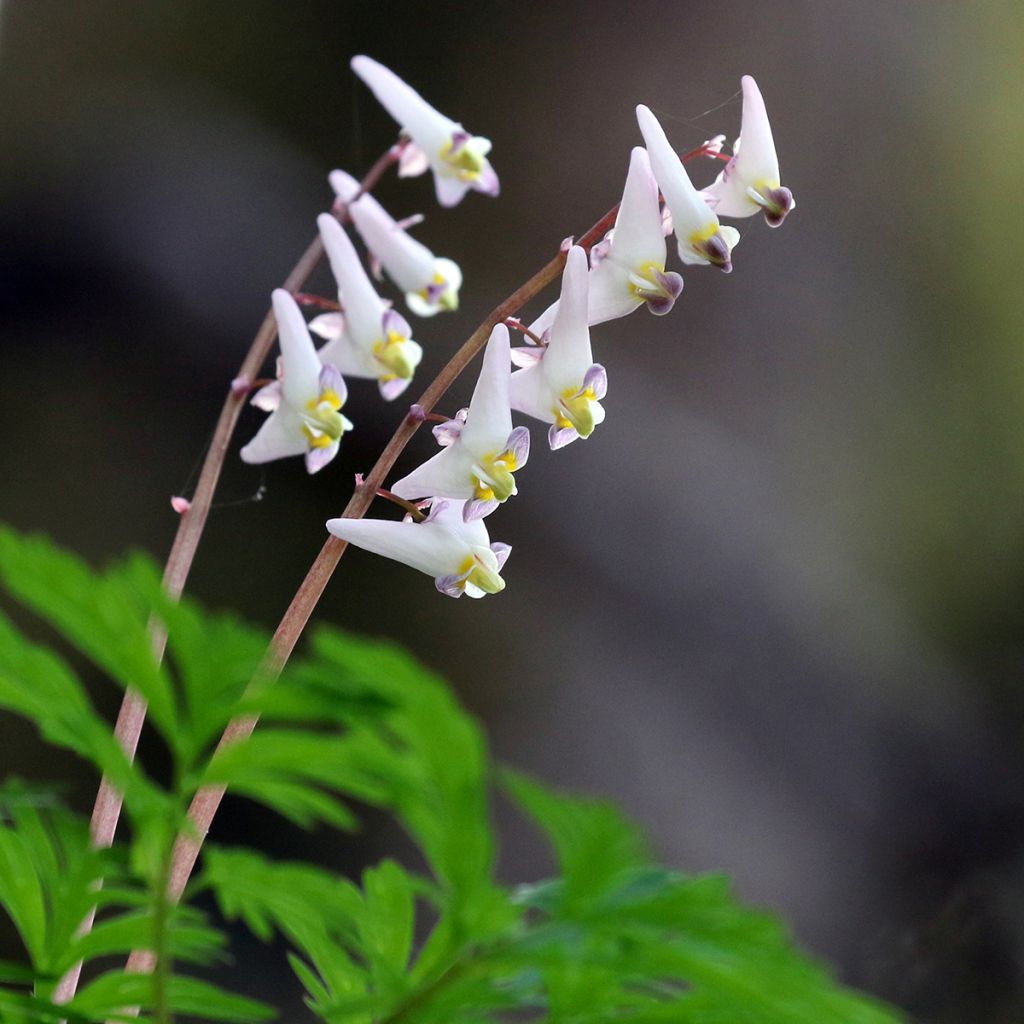

Dicentra cucullaria
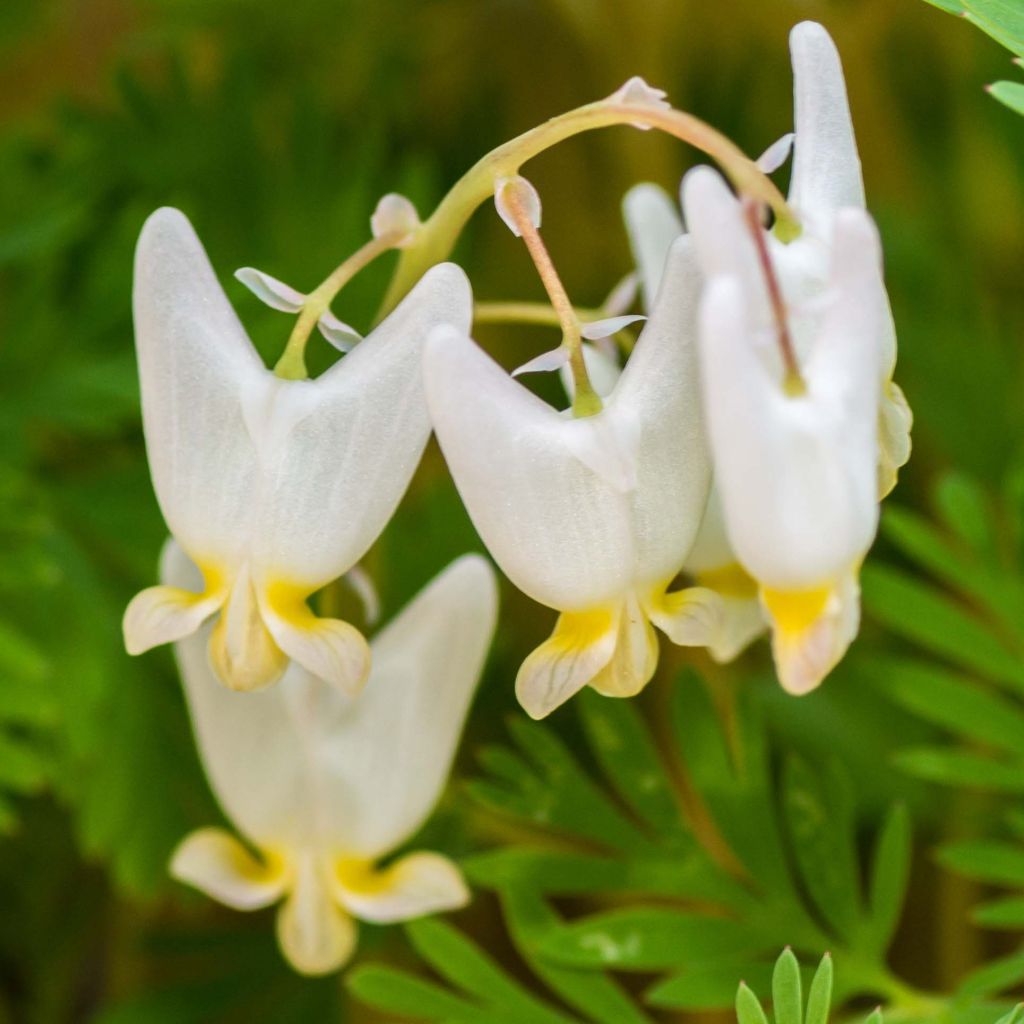

Dicentra cucullaria
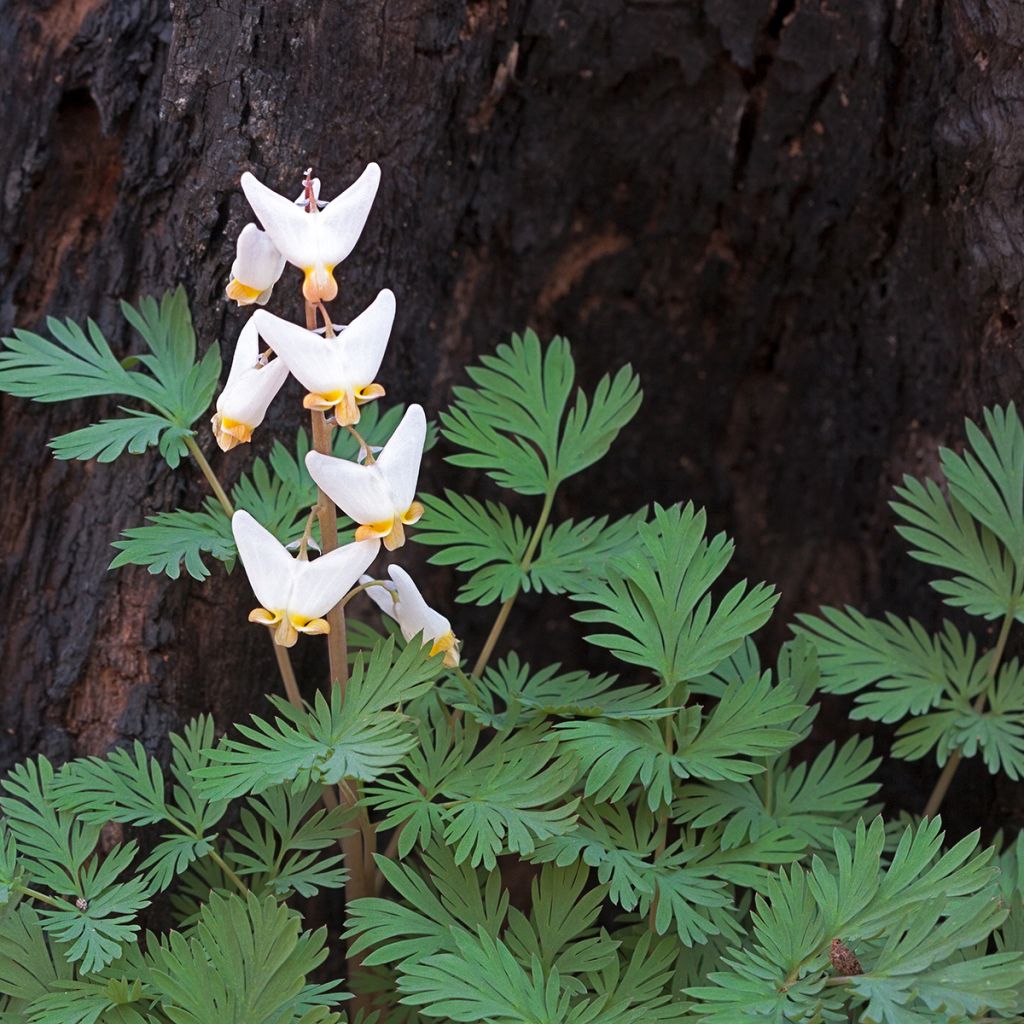

Dicentra cucullaria
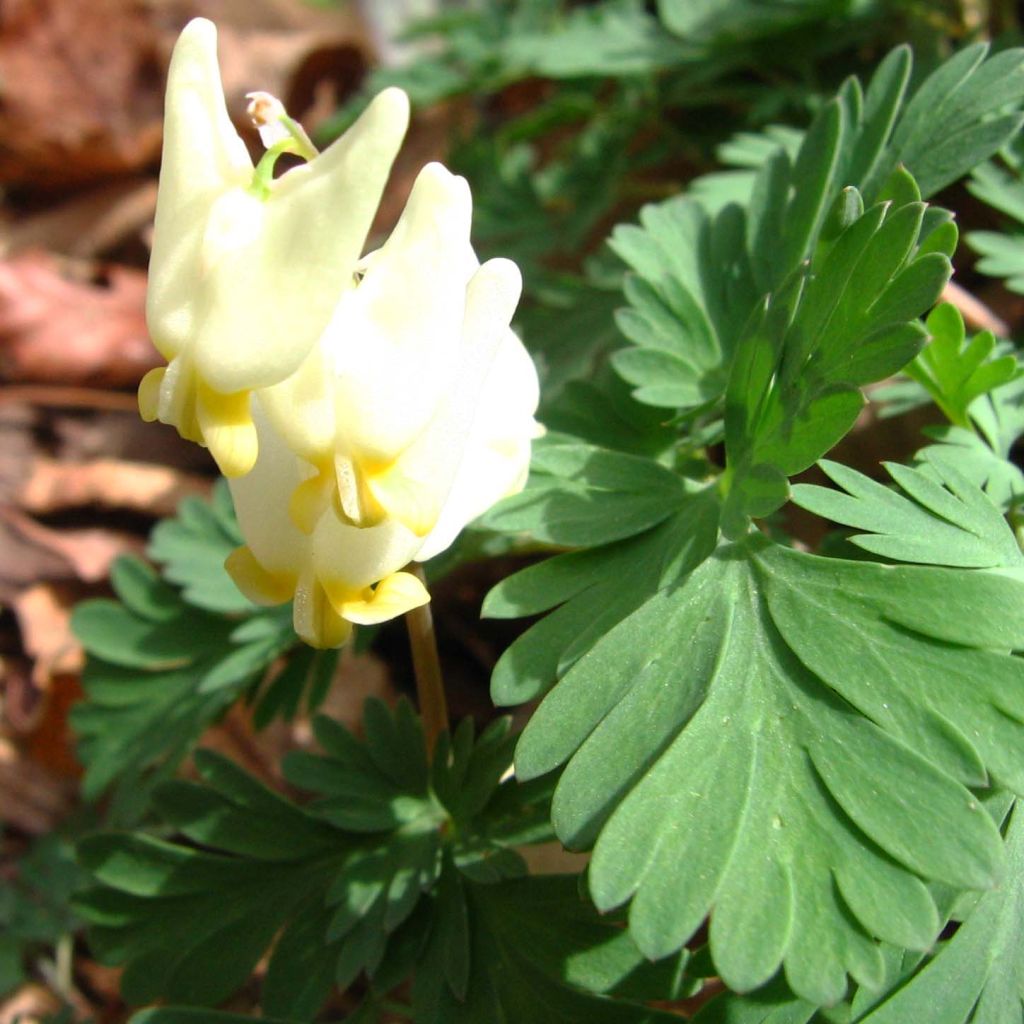

Dicentra cucullaria
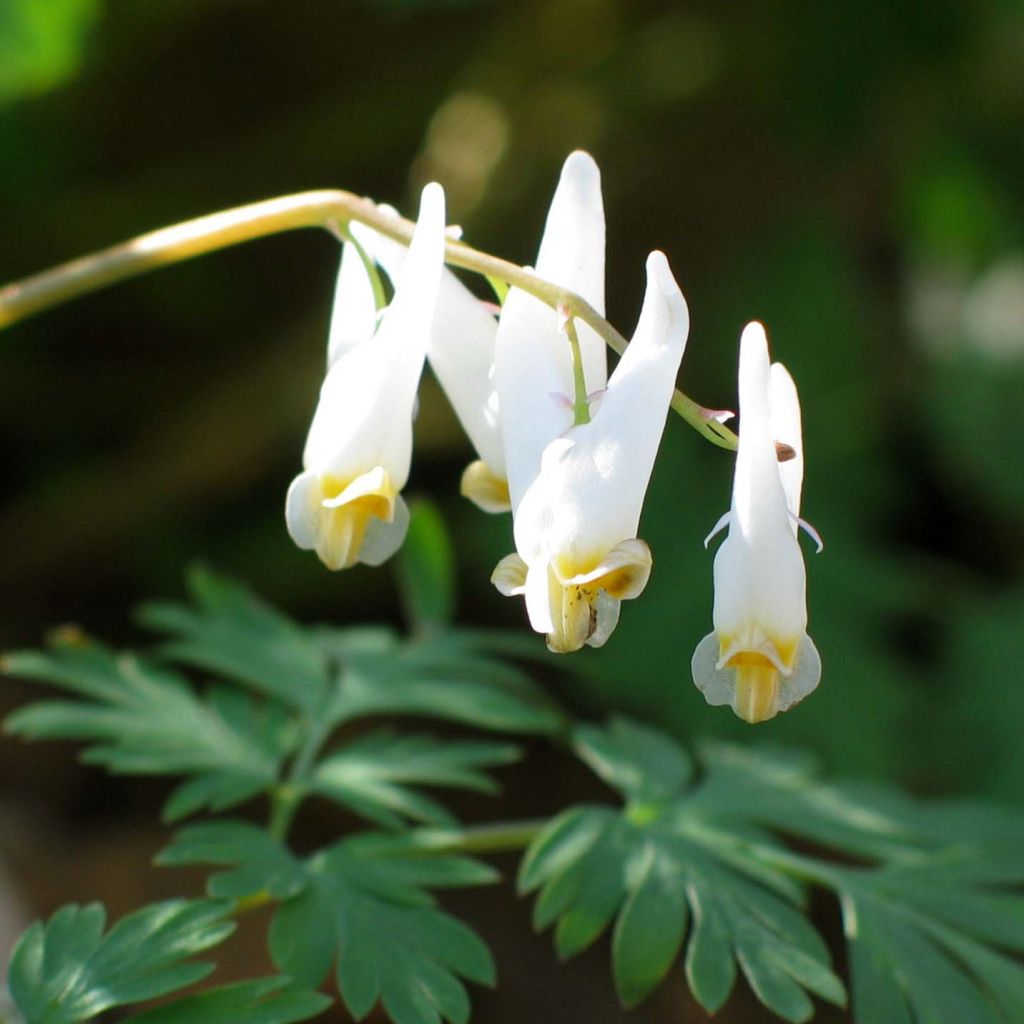

Dicentra cucullaria
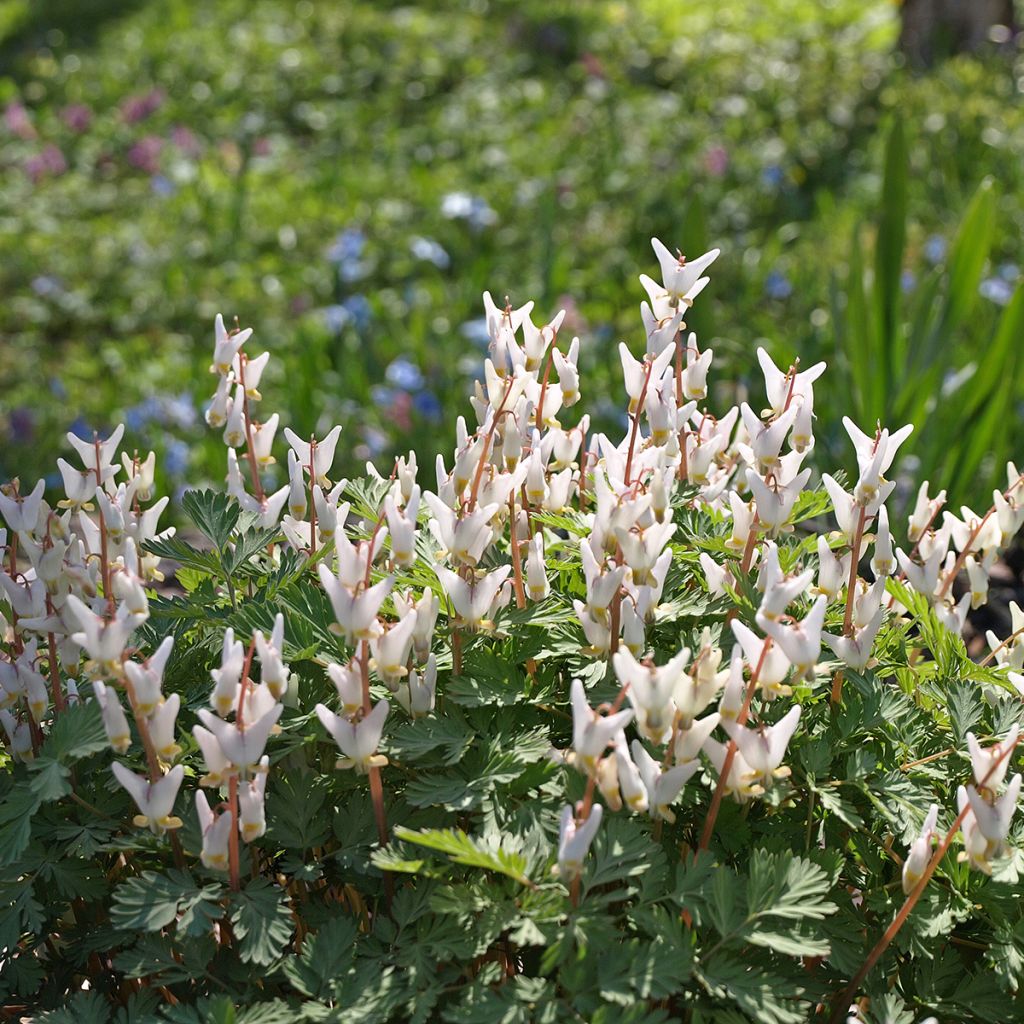

Dicentra cucullaria
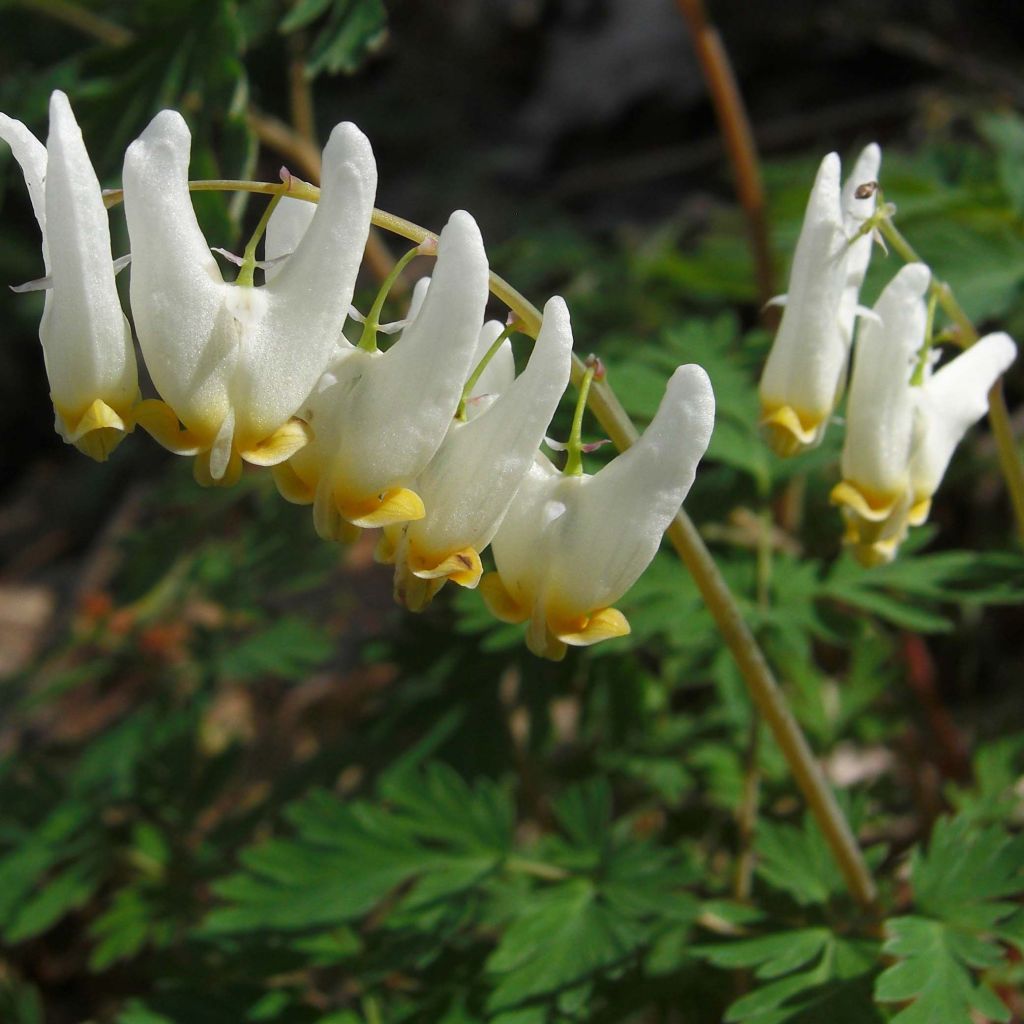

Dicentra cucullaria
Dicentra cucullaria
Dicentra cucullaria
Bleeding Heart
This item cannot be shipped to the selected country
Delivery charge from €5.90
More information
Schedule delivery date,
and select date in basket
This plant carries a 12 months recovery warranty
More information
We guarantee the quality of our plants for a full growing cycle, and will replace at our expense any plant that fails to recover under normal climatic and planting conditions.
From €5.90 for pickup delivery and €6.90 for home delivery
Express home delivery from €8.90.
Does this plant fit my garden?
Set up your Plantfit profile →
Description
Dicentra cucullaria, is a related to Bleeding Hearts, native to the forests of North America and Canada, and therefore accustomed to harsh winters. This adorable little perennial, rarely offered for sale, is nonetheless charming and full of character: it develops a lovely blue-grey-green foliage, finely cut, and is adorned in spring with small white flowers with yellow lips, which resemble bonnets. The plant, which persists in the soil during winter as a cluster of small bulbs, can over time form amazing carpets in cool and shady areas of the garden, in non-calcareous soil.
Dicentra cucullaria, also known as 'Dutchman's breeches' because of the shape of its flowers, is a herbaceous perennial plant of the Fumariaceae family, just like fumitories, corydalis or bleeding hearts. It is found in wooded and mountainous areas in eastern North America where it grows in rock crevices or at the base of tree trunks, sometimes forming beautiful colonies in humus-rich soils.
It emerges from the ground in spring, forming a tuft of leaves 10 to 30 cm (4 to 12in) high that slowly spreads through small scaly bulbs that protrude from the surface of the soil. Curiously, these small bulbs remain attached and clustered together. The foliage, which disappears during the summer, consists of leaves 10 to 40 cm (4 to 16in) long, divided into 3 deeply cut leaflets carried on a reddish petiole. They somewhat resemble fern fronds, their colour is a beautiful dark blue-grey-green. The flowering usually appears in April-May, sometimes lasting until June. The small flowers are grouped in clusters of 3 to 14 flowers, dominating the foliage. Each flower, about 2 cm (1in) tall, is suspended on a peduncle. It consists of 2 large outer petals, forming two white or pinkish spurs, tinged with yellow at the base, surmounting 2 fused inner petals. The flower is pollinated by bumblebees or bees, and gives way to small pods containing a few kidney-shaped seeds. It is ants that disperse them and ensure the propagation of this Dicentra. The plant goes dormant after fruiting and only reappears the following spring.
Dicentra cucullaria is a plant that deserves to be tried in wet regions or in the mountains, in undergrowth or in a damp and shady rock garden. It works well in naturalistic garden, planted in a bed which is damp and rich in humus. During its summer dormancy period, a slightly drier soil does not bother it. It can be associated with other perennials that are not afraid of competition from tree or shrub roots. For example, accompany it with Solomon's Seal, ferns and hardy Fuchsias, corydalis, creeping bugleweed, Japanese Anemones, Balkan Digitalis and other bleeding hearts. Plant enthusiasts can also try growing it in pots, with regular watering with soft water.
Most Bleeding Hearts go dormant at the end of spring, but this does not have any negative effects on plant growth.
Report an error about the product description
Dicentra cucullaria in pictures
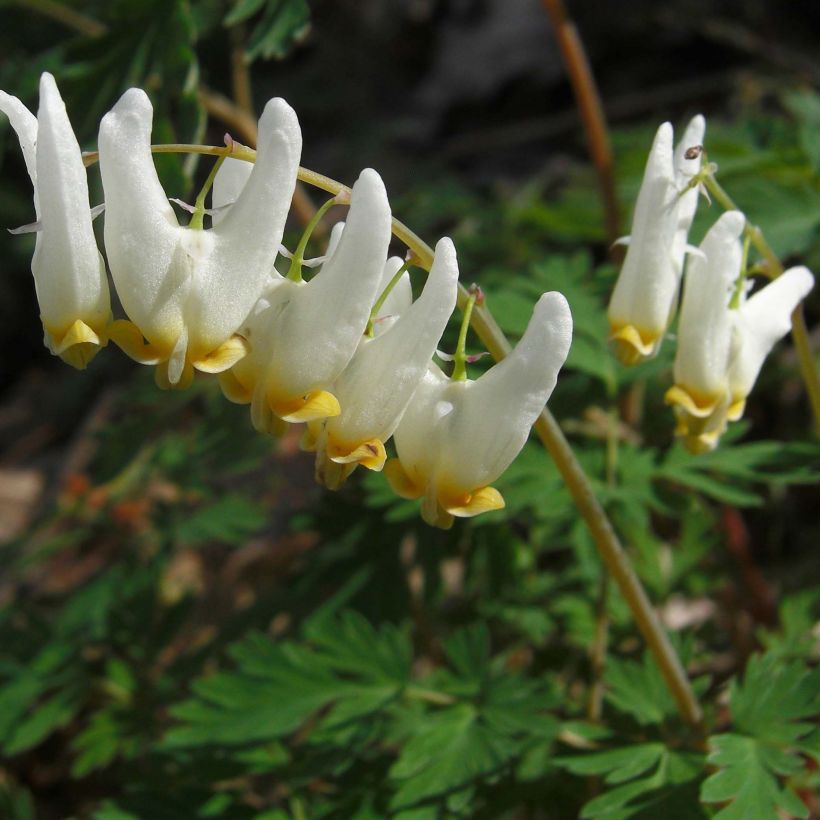

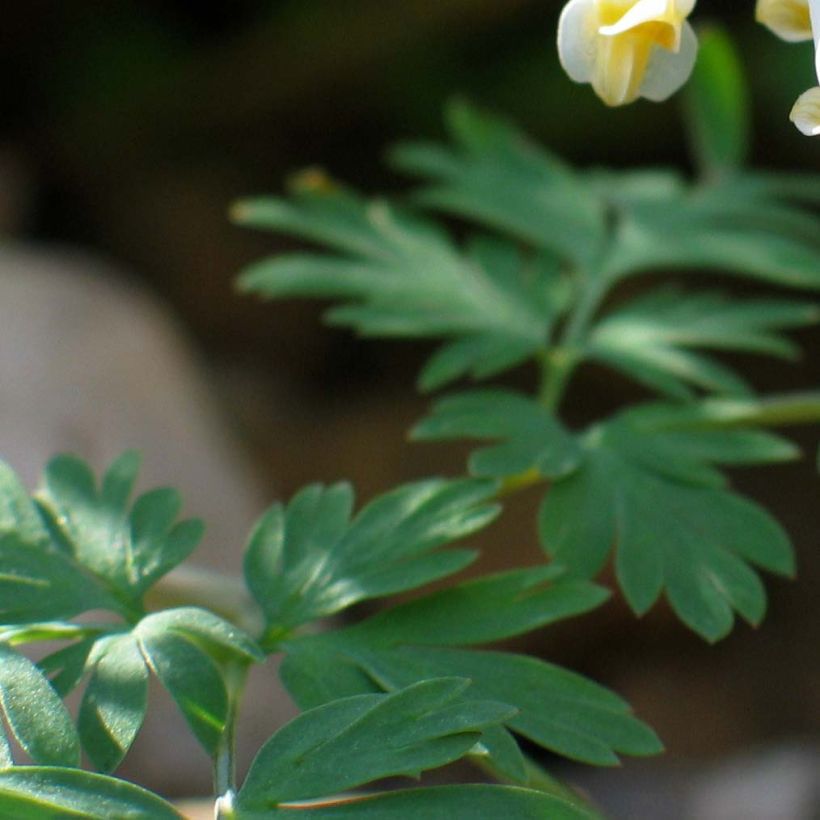

Flowering
Foliage
Plant habit
Botanical data
Dicentra
cucullaria
Papaveraceae (Fumariaceae)
Bleeding Heart
North America
Other Dicentra - Bleeding Hearts
Planting and care
Plant Dicentra cucullaria in fertile, moist, light soil, without excess water, preferably in partial shade or even in shade. It will tolerate morning or evening sun (not scorching) if the soil remains very moist, especially in spring, during its growth period. A mixture of leaf compost and sand enriched with compost is suitable for it. It does not appreciate the presence of limestone in the soil or water. Weekly watering is recommended throughout the first year, during the hot season, to promote growth. Stop watering when the leaves turn yellow and disappear. It is a very beautiful perennial plant that requires a certain level of expertise.
Planting period
Intended location
Care
-
, onOrder confirmed
Reply from on Promesse de fleurs
Shade-loving perennials
Haven't found what you were looking for?
Hardiness is the lowest winter temperature a plant can endure without suffering serious damage or even dying. However, hardiness is affected by location (a sheltered area, such as a patio), protection (winter cover) and soil type (hardiness is improved by well-drained soil).

Photo Sharing Terms & Conditions
In order to encourage gardeners to interact and share their experiences, Promesse de fleurs offers various media enabling content to be uploaded onto its Site - in particular via the ‘Photo sharing’ module.
The User agrees to refrain from:
- Posting any content that is illegal, prejudicial, insulting, racist, inciteful to hatred, revisionist, contrary to public decency, that infringes on privacy or on the privacy rights of third parties, in particular the publicity rights of persons and goods, intellectual property rights, or the right to privacy.
- Submitting content on behalf of a third party;
- Impersonate the identity of a third party and/or publish any personal information about a third party;
In general, the User undertakes to refrain from any unethical behaviour.
All Content (in particular text, comments, files, images, photos, videos, creative works, etc.), which may be subject to property or intellectual property rights, image or other private rights, shall remain the property of the User, subject to the limited rights granted by the terms of the licence granted by Promesse de fleurs as stated below. Users are at liberty to publish or not to publish such Content on the Site, notably via the ‘Photo Sharing’ facility, and accept that this Content shall be made public and freely accessible, notably on the Internet.
Users further acknowledge, undertake to have ,and guarantee that they hold all necessary rights and permissions to publish such material on the Site, in particular with regard to the legislation in force pertaining to any privacy, property, intellectual property, image, or contractual rights, or rights of any other nature. By publishing such Content on the Site, Users acknowledge accepting full liability as publishers of the Content within the meaning of the law, and grant Promesse de fleurs, free of charge, an inclusive, worldwide licence for the said Content for the entire duration of its publication, including all reproduction, representation, up/downloading, displaying, performing, transmission, and storage rights.
Users also grant permission for their name to be linked to the Content and accept that this link may not always be made available.
By engaging in posting material, Users consent to their Content becoming automatically accessible on the Internet, in particular on other sites and/or blogs and/or web pages of the Promesse de fleurs site, including in particular social pages and the Promesse de fleurs catalogue.
Users may secure the removal of entrusted content free of charge by issuing a simple request via our contact form.
The flowering period indicated on our website applies to countries and regions located in USDA zone 8 (France, the United Kingdom, Ireland, the Netherlands, etc.)
It will vary according to where you live:
- In zones 9 to 10 (Italy, Spain, Greece, etc.), flowering will occur about 2 to 4 weeks earlier.
- In zones 6 to 7 (Germany, Poland, Slovenia, and lower mountainous regions), flowering will be delayed by 2 to 3 weeks.
- In zone 5 (Central Europe, Scandinavia), blooming will be delayed by 3 to 5 weeks.
In temperate climates, pruning of spring-flowering shrubs (forsythia, spireas, etc.) should be done just after flowering.
Pruning of summer-flowering shrubs (Indian Lilac, Perovskia, etc.) can be done in winter or spring.
In cold regions as well as with frost-sensitive plants, avoid pruning too early when severe frosts may still occur.
The planting period indicated on our website applies to countries and regions located in USDA zone 8 (France, United Kingdom, Ireland, Netherlands).
It will vary according to where you live:
- In Mediterranean zones (Marseille, Madrid, Milan, etc.), autumn and winter are the best planting periods.
- In continental zones (Strasbourg, Munich, Vienna, etc.), delay planting by 2 to 3 weeks in spring and bring it forward by 2 to 4 weeks in autumn.
- In mountainous regions (the Alps, Pyrenees, Carpathians, etc.), it is best to plant in late spring (May-June) or late summer (August-September).
The harvesting period indicated on our website applies to countries and regions in USDA zone 8 (France, England, Ireland, the Netherlands).
In colder areas (Scandinavia, Poland, Austria...) fruit and vegetable harvests are likely to be delayed by 3-4 weeks.
In warmer areas (Italy, Spain, Greece, etc.), harvesting will probably take place earlier, depending on weather conditions.
The sowing periods indicated on our website apply to countries and regions within USDA Zone 8 (France, UK, Ireland, Netherlands).
In colder areas (Scandinavia, Poland, Austria...), delay any outdoor sowing by 3-4 weeks, or sow under glass.
In warmer climes (Italy, Spain, Greece, etc.), bring outdoor sowing forward by a few weeks.

































